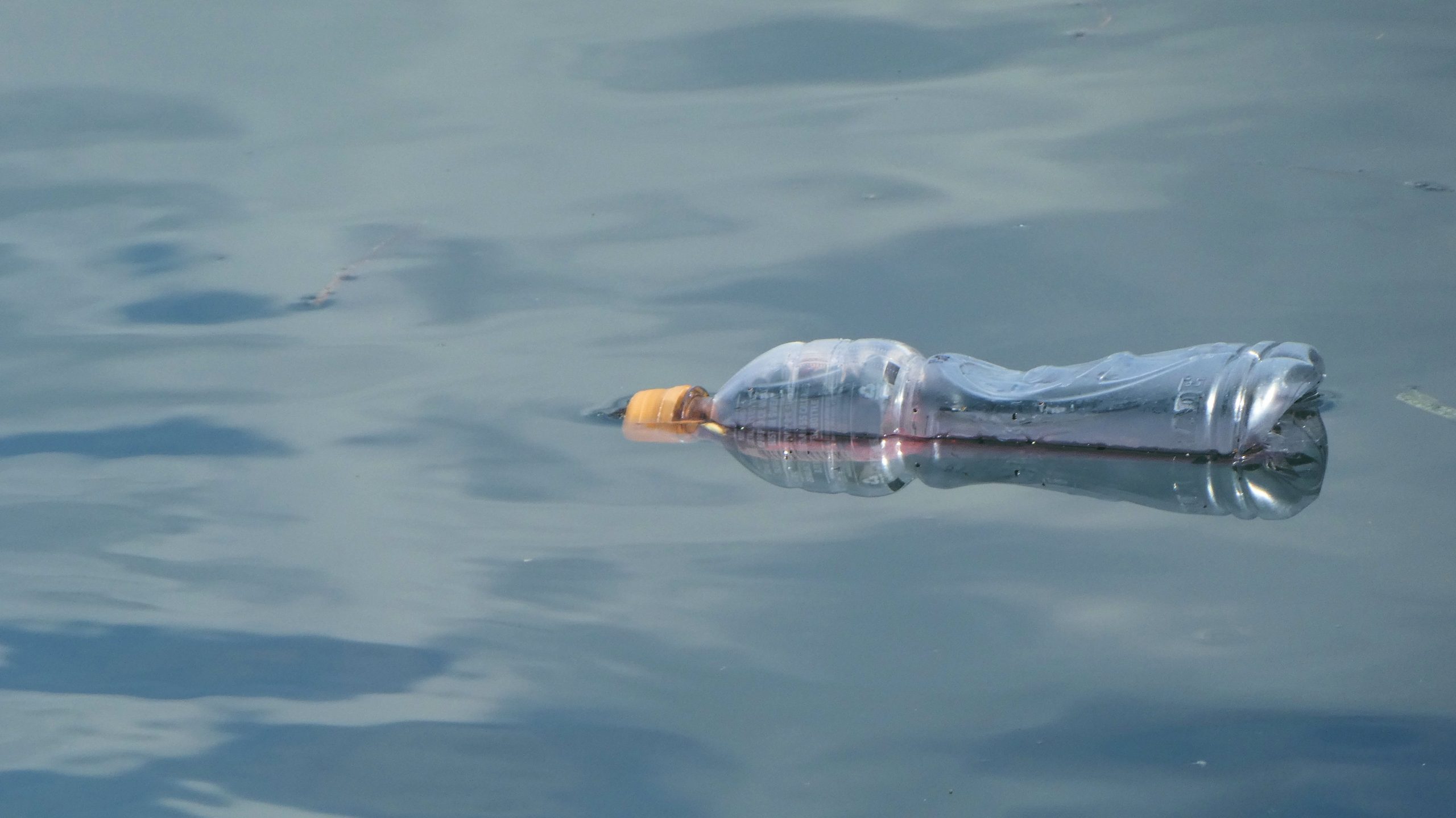Water pollution is one of the most serious environmental problems facing the world today. It threatens the health and well-being of humans, plants, and animals, and can contaminate drinking water supplies. Water pollution occurs when contaminants are introduced into a body of water, such as a river, lake, or aquifer. These contaminants can come from a variety of sources, including sewage, factories, agriculture, and stormwater runoff.
The health effects of water pollution can be devastating. Contaminants in water can cause a range of health problems, including gastrointestinal illness, reproductive problems, and neurological disorders. In some cases, these health problems can be fatal. People who consume contaminated water can suffer from diarrhea, vomiting, and cramps. They may also experience headaches, dizziness, and rashes.
Infants and young children are particularly vulnerable to the health effects of water pollution. Their immune systems are not yet fully developed, making them more susceptible to infections. They also consume more water per pound of body weight than adults, increasing their exposure to contaminants.
Pregnant women who consume contaminated water can pass these contaminants on to their unborn child. This can lead to a range of birth defects and developmental problems.
Water pollution can also have serious effects on the environment. Contaminants in water can kill fish, birds, and other animals. They can also cause plants to die or grow abnormally. Water pollution can also make it difficult for people to use waterways for recreation or fishing.
There are a number of ways to reduce water pollution. These include treating sewage and industrial waste before it is released into waterways, planting trees and vegetation to filter pollutants from stormwater runoff, and using agricultural practices that minimize soil erosion and runoff.
What causes water pollution?
There are many causes of water pollution, but most can be grouped into two main categories: point sources and nonpoint sources.
Point sources of water pollution are those that come from a single, identifiable source. A factory that discharges toxic chemicals into a river, for example, is a point source of pollution. Nonpoint sources are more diffuse and harder to identify. They include things like runoff from farms and city streets, which can carry pollutants like pesticides, fertilizers, and oil into waterways.
Water pollution can also come from natural sources. For example, when flooding occurs, sediment and other contaminants can be swept into rivers and lakes. And when volcanoes erupt, they can release harmful substances like sulfur dioxide and ash into the air, which can eventually end up in waterways.
While there are many causes of water pollution, there are also many ways to reduce or prevent it. Improving wastewater treatment, for example, can help to reduce the amount of pollutants that are discharged into waterways. And educating people about the importance of water conservation can help to reduce the amount of water pollution that comes from nonpoint sources.
What are solutions of water pollution?
Water pollution is one of the world’s leading environmental problems. It occurs when water is contaminated by chemicals, toxins, or other harmful substances. Water pollution can make water unsafe to drink, damage aquatic ecosystems, and make it difficult for people to enjoy swimming, fishing, and other activities.
There are many different types of water pollution, but some of the most common include:
• Agricultural pollution: This occurs when chemicals from farms, such as fertilizers and pesticides, runoff into waterways.
• Industrial pollution: This occurs when factories release harmful chemicals into the environment.
• Sewage and wastewater: This occurs when sewage and other waste products are not properly treated before being released into waterways.
• Oil spills: This occurs when oil from boats or other vehicles leaks into the water.
• Radioactive contamination: This occurs when radioactive materials are released into the environment.
Water pollution is a serious problem that must be addressed at the global level. Solutions to water pollution will require the cooperation of individuals, businesses, and governments. Some of the most effective solutions include:
• Improving agricultural practices: Farmers can help reduce water pollution by using less harmful chemicals, planting trees and vegetation to reduce runoff, and creating buffer zones between farmland and waterways.
• Improving industrial practices: Factories can help reduce water pollution by properly treating their wastewater before releasing it into the environment. They can also reduce the use of harmful chemicals, and store them in secure containers to prevent leaks.
• Improving sewage treatment: Sewage treatment facilities can help reduce water pollution by properly treating waste before it is released into waterways.
• Implementing oil spill prevention plans: Governments and businesses can help prevent oil spills by developing plans for dealing with them quickly and efficiently. These plans should include measures for containing and cleaning up spills, as well as preventing them from happening in the first place.
• Regulating radioactive materials: Governments can help reduce radioactive contamination by strictly regulating the use and disposal of radioactive materials.










